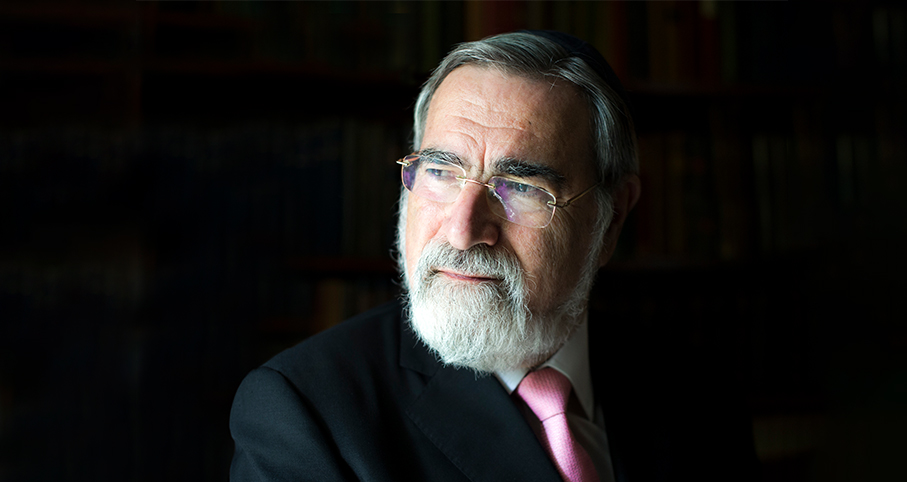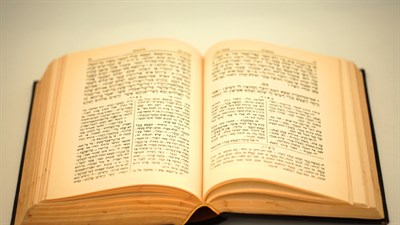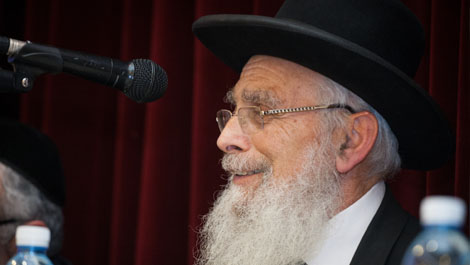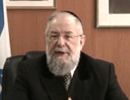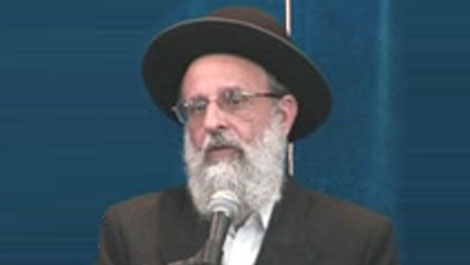articles on Tetzave
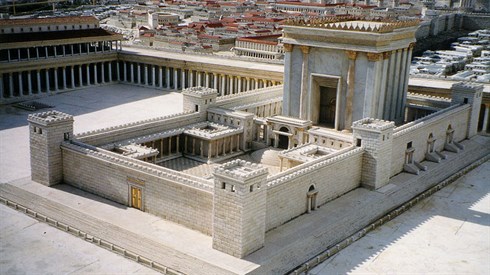
Upon the Heart
What's the special emphasis and conection between the Hoshen and the heart and what are the three things that Aaron has upon his heart?
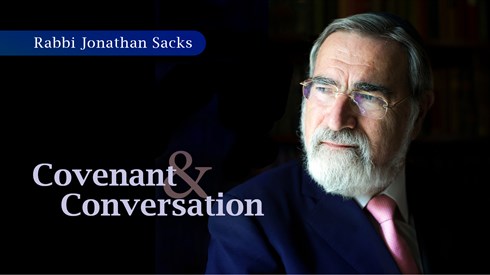
The Ethic of Holiness
With parshat Tetzaveh, something new enters Judaism: Torat Kohanim, the world and mindset of the Priest.

A World of Splendor
The Parsha dealing with the Tabernacle dispel the mistaken impression that the Torah instructs man to confine himself to an abstract spiritual world. This, though, is not the case.
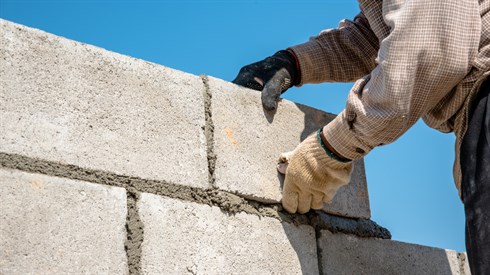
Hashem's Presence
Hashem will not magically appear to Israel - He desires for man to look within and take action, to build a structure with reflection and pure intentions.
Lessons on Tetzave
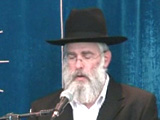
Purim and the Priestly Garments
Rabbi Ya'akov Shapira | 7 Adar 5785

Parashat Hashavua: Gold, Silver, Precious Stones – Closeness to Hashem (part II)
Rabbi Yossef Carmel | Adar 5785
In the Holy Temple: Garments of Honor and Glory
Rabbi Moshe Leib Halberstadt | 14 Adar 5784
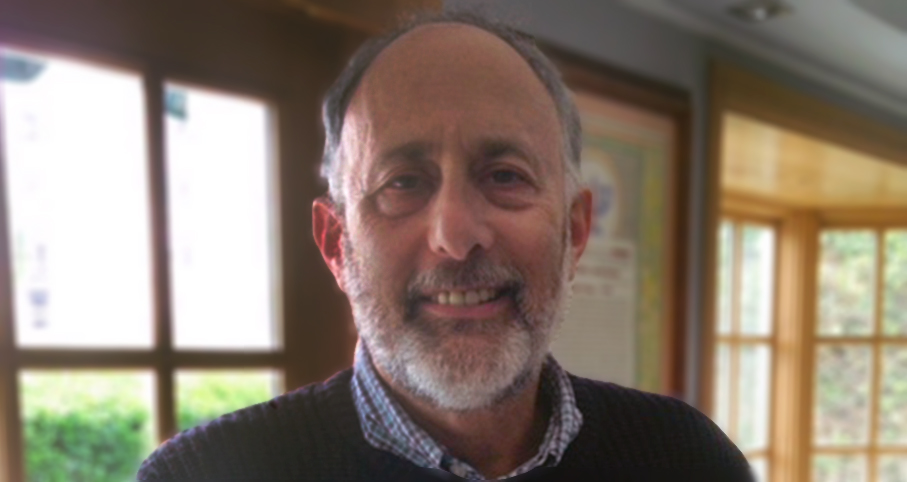
You light up my life
Rabbi Stewart Weiss | 12 Adar I 5784

What exactly were the "Urim and tumim" worn by the kohen?
Rabbi Stewart Weiss | 12 Adar I 5784

Pure Gold and Copper
Rabbi Yirmiyohu Kaganoff | 9 Adar I 5784

The King’s Horse and Chariot
Rabbi Yossef Carmel | 9 Adar I 5784
